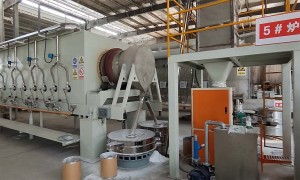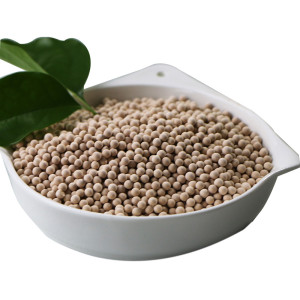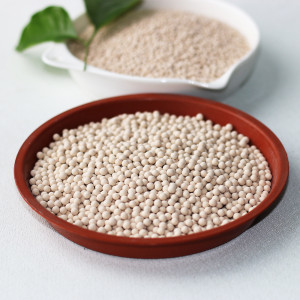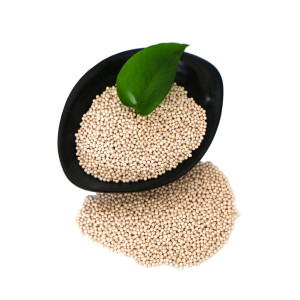Formaldehyde TVOC Hydrogen Sulfide Removal
In the application of removing the aforementioned pollutants, molecular sieves not only effectively reduce pollutant concentrations but also become an important technical choice
Molecular sieves play a significant role in the removal systems for pollutants such as formaldehyde, TVOCs (Total Volatile Organic Compounds), and hydrogen sulfide, primarily through adsorption and catalytic oxidation mechanisms.

Formaldehyde Removal: Molecular sieves can act as catalysts or adsorbents to remove formaldehyde from indoor environments. For instance, researchers at the Urban Environment Institute of the Chinese Academy of Sciences have developed technology for the catalytic oxidation of formaldehyde at room temperature, using manganese oxide (MnOx) as a catalyst to capture and store formaldehyde at room conditions, followed by electromagnetic induction heating for catalyst regeneration.
TVOC Removal: Molecular sieves, with their large specific surface area, regular microporous channels, and stable structure, have significant application value in the removal of industrial VOCs as adsorbents and catalysts. Mesoporous molecular sieves, due to their large surface area, unique porous structure, large pore diameter, and uniform pore size distribution, are considered excellent carriers for dispersing active components and are used for the catalytic oxidation of VOCs.
Hydrogen Sulfide Removal: Molecular sieves are also used for the selective adsorption and removal of hydrogen sulfide. Molecular sieve-supported desulfurization agents enable the dispersion of active components, promoting adsorption and catalytic reactions, thus effectively removing hydrogen sulfide.
In the application of removing the aforementioned pollutants, molecular sieves not only effectively reduce pollutant concentrations but also become an important technical choice in the fields of indoor air purification and industrial waste gas treatment due to their regenerability and high efficiency. With increasing demands for environmental and indoor air quality, the application of molecular sieves in this field will become more widespread.
Please note that the specific application and effectiveness of molecular sieves may vary depending on their type, structural characteristics, and the nature of the pollutants being treated. When designing and implementing removal systems, these factors need to be considered to ensure optimal performance.





